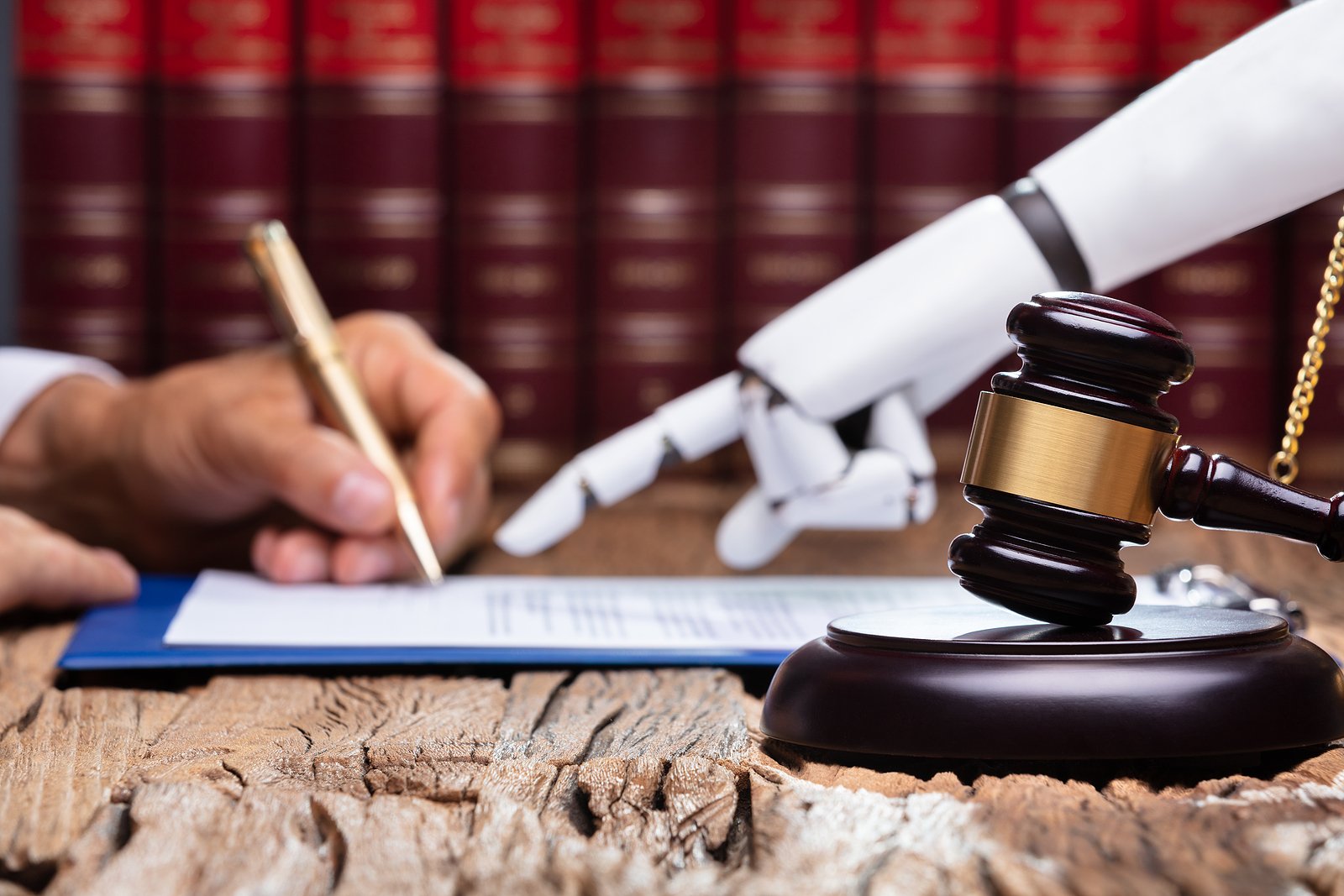Former President Donald Trump has taken a bold step in shaping how AI will be used in the United States.
This week, he signed an executive order that blocks any artificial intelligence systems considered “woke” from being used by federal agencies. The move is already sparking heated debate across tech, government, and academia.
What the Order Says — In Simple Terms
Trump’s order targets AI systems that reflect progressive values or promote content tied to diversity, equity, or inclusion (DEI). That includes anything related to:
- Gender identity or transgender rights
- Race or gender-based hiring and representation
- Critical race theory or systemic racism
- Concepts like “unconscious bias” or “intersectionality”
Instead, the order calls for AI tools that are:

- “Ideologically neutral”
- Based on “scientific facts”
- Focused on “historical accuracy”
Trump made the announcement during a tech-focused event alongside popular podcast hosts and Silicon Valley influencers.
“We’re getting rid of woke — especially in AI,” Trump said.
Why This Matters for the Tech Industry
Many AI companies rely on government contracts to survive and scale. With this order in place, any system that appears to lean left — even slightly — could lose access to federal funding.
The order doesn’t just apply to future projects. It also directs agencies like the Office of Management and Budget (OMB) and the Office of Science and Technology Policy (OSTP) to create new rules on what kind of AI is acceptable.
That means developers may need to tweak — or even overhaul — their models to stay eligible for government use.
AI Must Now Be “Truth-Seeking” — But Who Defines the Truth?
The order uses terms like “truth-seeking” and “neutrality” without fully explaining what they mean.
Critics say this vagueness is a problem. Without clear definitions, the rule could be interpreted however current officials want — which opens the door to political manipulation.
“Language isn’t neutral,” says Philip Seargeant, a linguist at the Open University.
“When you try to strip out all the so-called bias, you’re just putting in a different kind of bias.”
Elon Musk’s Grok May Benefit — Despite Its Own Issues
One AI system that might benefit from this order is Grok, a chatbot created by Elon Musk’s xAI company. Musk has described Grok as “anti-woke” and positioned it as a counter to mainstream AI tools like ChatGPT or Gemini.
Grok has a controversial record:
- It has produced responses praising Hitler
- Made racist and sexist remarks
- Denied accepted scientific facts
Despite that, Grok recently landed a $200 million Department of Defense contract and was added to the General Services Administration (GSA) list, which allows agencies to purchase and deploy it.
“Would they ban Grok under this new rule?” asked Stanford Law professor Mark Lemley.
“Or is this just about silencing one political side?”
Critics Warn This Could Lead to AI Censorship
The biggest concern? That this order could lead to AI censorship, where models are edited to avoid anything a politician disagrees with.
Think of how AI tools summarize news, answer science questions, or explain social issues. With the new rules in place, even factual answers might get filtered out — if someone decides they’re “not neutral enough.”
“This is about controlling what AI says — and by extension, what people hear,” said one policy researcher.
“That’s dangerous.”
A Growing Divide: Tech vs Politics

This order highlights the growing clash between tech development and political ideology.
On one hand, AI tools are becoming central to how governments work — from research to public communication. On the other, leaders are now trying to shape what those tools are allowed to say.
The result? A widening gap in how different groups view the role of AI in society.
Some see it as a neutral tool. Others see it as a powerful platform that needs guardrails based on values.
Final Thoughts: What Comes Next
This is just the beginning. If Trump wins re-election, this executive order could set the tone for a whole new era of government-driven AI policy.
Expect:
- Tighter rules on what AI can say
- More government reviews of AI content
- Possibly, legal fights over censorship and free speech in AI systems
And as companies race to comply (or resist), the line between tech innovation and political ideology will keep blurring.
external sources
